A dog who pulls is absolutely not fun to walk, but when you embark on your journey of teaching your dog a successful loose leash walk, the place you start is with the gear.
And no, I don’t mean with a prong collar, or even a headcollar (also known as a head halter or halti), instead, all you need is a harness and a leash when your dog pulls.
So that’s what we’re going to look at!
What is a loose leash walk?
Great question, it means that your dog will not pull on a leash when they get to the end of the leash, so that the leash sits between you both and it’s slack. This should be something done with consistency and reliability, because whilst your dogs walks are for your dog, it also doesn’t mean we need to have our arms pulled from their sockets.
I always like to start this process by looking at your gear.
What to look for in a dog harness
Ideally, I’m talking about a harness with two attachment points, one on the back, just behind the shoulders, and one on the chest. These two points are really important.
In nature, it’s easier to pull, than push. It’s why we use vaccums, and why you put the horse in front of the cart, etc. Same goes when wew talk about harnesses.
What to look for in a leash
Because of the harness choice, I’m a big fan of a double ended leash. Not only can it move your dog from a harness to a collar, but it can help you train your dog and gain a significant amount more control over a large, or strong dog!
For this, you also want a 6 foot leash (or shorter) as opposed to a long line.
N.B. No retractable leashes!
Did You Know?
Your dog doesn’t have to learn to walk to a perfect heel at your left side? This comes from more militaristic practices where you’d keep your dog on the left because your gun was to your right. Nowdays, that’s kind of not necessary, so feel free to have your dog on whatever side you want them.
NB: Equipment Alone Won’t Teach Your Dog Loose Leash walking
Whilst these are my favourite pieces of equipment for a dog who you’re teaching not to pull, it doesn’t mean that the onus of teaching your dog not to pull is on the equipment, that’s just not true.
The only one who can teach your dog not to pull? Is you.
But if you want help with that, head over to How To Stop Your Dog Pulling On A Leash. Or, go sign up for my Training Walks!
I’ve given recommendations here for a number of different leashes and different harnesses as you may have different requirements, however, I’ve tested all of these personally and am recommending them for one reason or another.
Best for Small to Medium Dogs
Best For Large Dogs
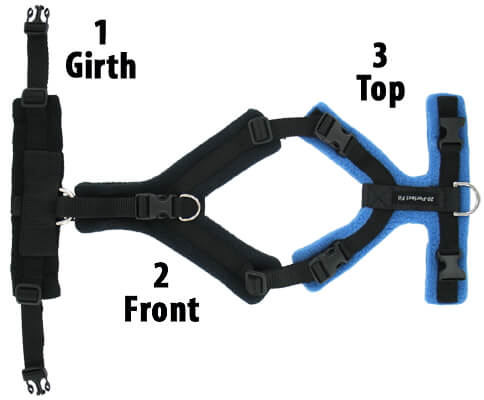
The perfect fit has stainless steel attachment points, and is a very sturdy option that can grow with your dog.
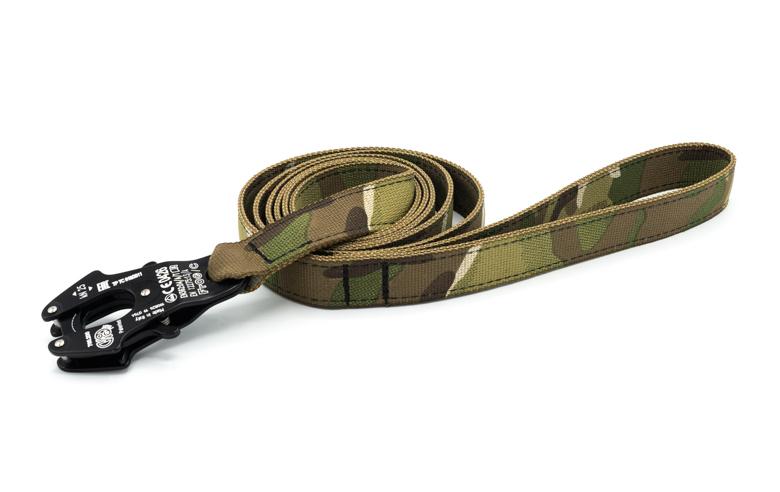
The kong clip on this and on the Modern Icon are great options for our stronger dogs.
Other Awesome & Helpful Things

I like this one, it's handy for me at least, but if you need something bigger you might want to consider a barking bag!

This is one of those inescapable harnesses with a tummy strap and it has a front hook too - so it's perfection!
Why don’t you support prong collars, choke chains, martingales or gentle leaders for this?
Because, in the words of Herm Sprenger, they are a “last resort”, and other options should be exhausted before you move to these things. And truthfully? If you try with consistency, a high rate of reinforcement for good behaviour, then you will get this working for you and your dog.
You won’t crack it the first time. It takes practice, plenty of training sessions – but you absolutely do not need these tools – even if others claim that they’re a “great tool”, they work by giving a consequence of discomfort if your dog pulls – which isn’t really a way to teach when we know better and elected to bring our dogs into our lives and can easily do better with a treat pouch.
So Be Better!
We can all do better and be better for our dogs, we can enjoy our walks and do it for a relatively low cost. So, why not?
Don’t delay, honestly. It’s. totally doable.

Author, Ali Smith
Ali Smith is a professional, qualified, and multi-award winning trainer is the founder of rebarkable. She has always believed animals deserve kindness and champions force free methods. Believing that dog guardians will all choose the kindest options if proper information is provided, she aims to help all dog guardians who need it and make dog training as accessible as possible
Ali lives win Maryland, US with her husband and her three dogs.



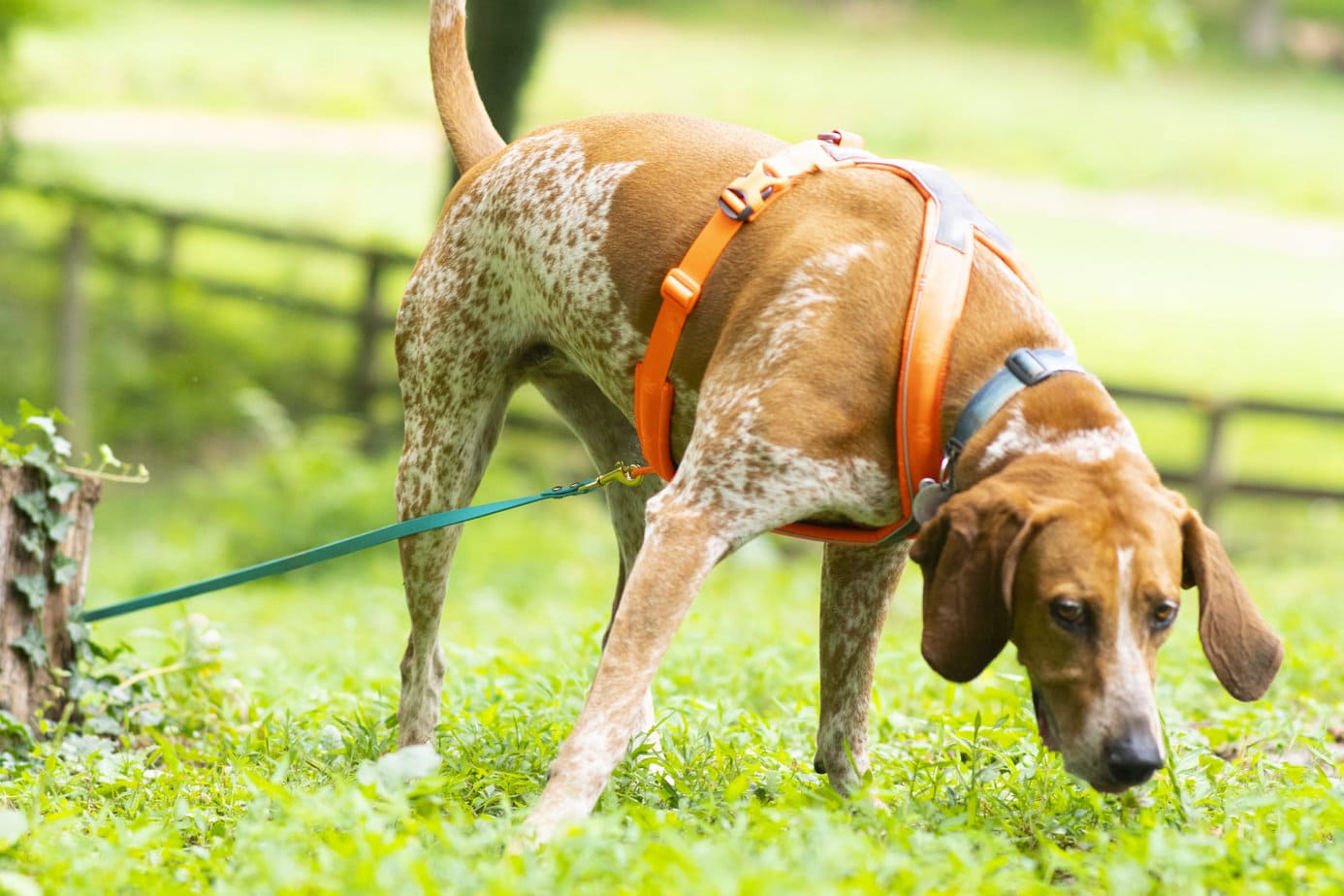
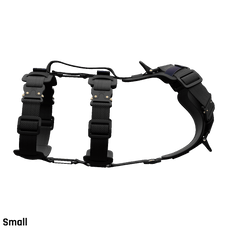

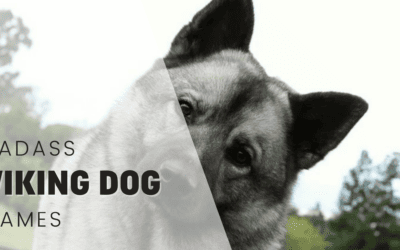

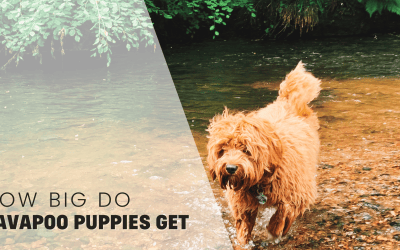
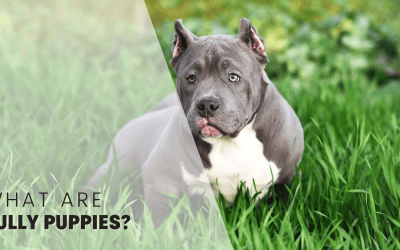
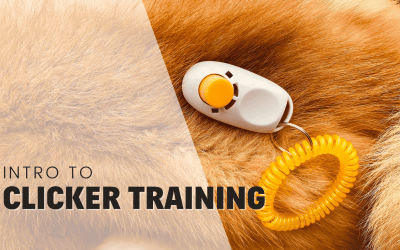
0 Comments